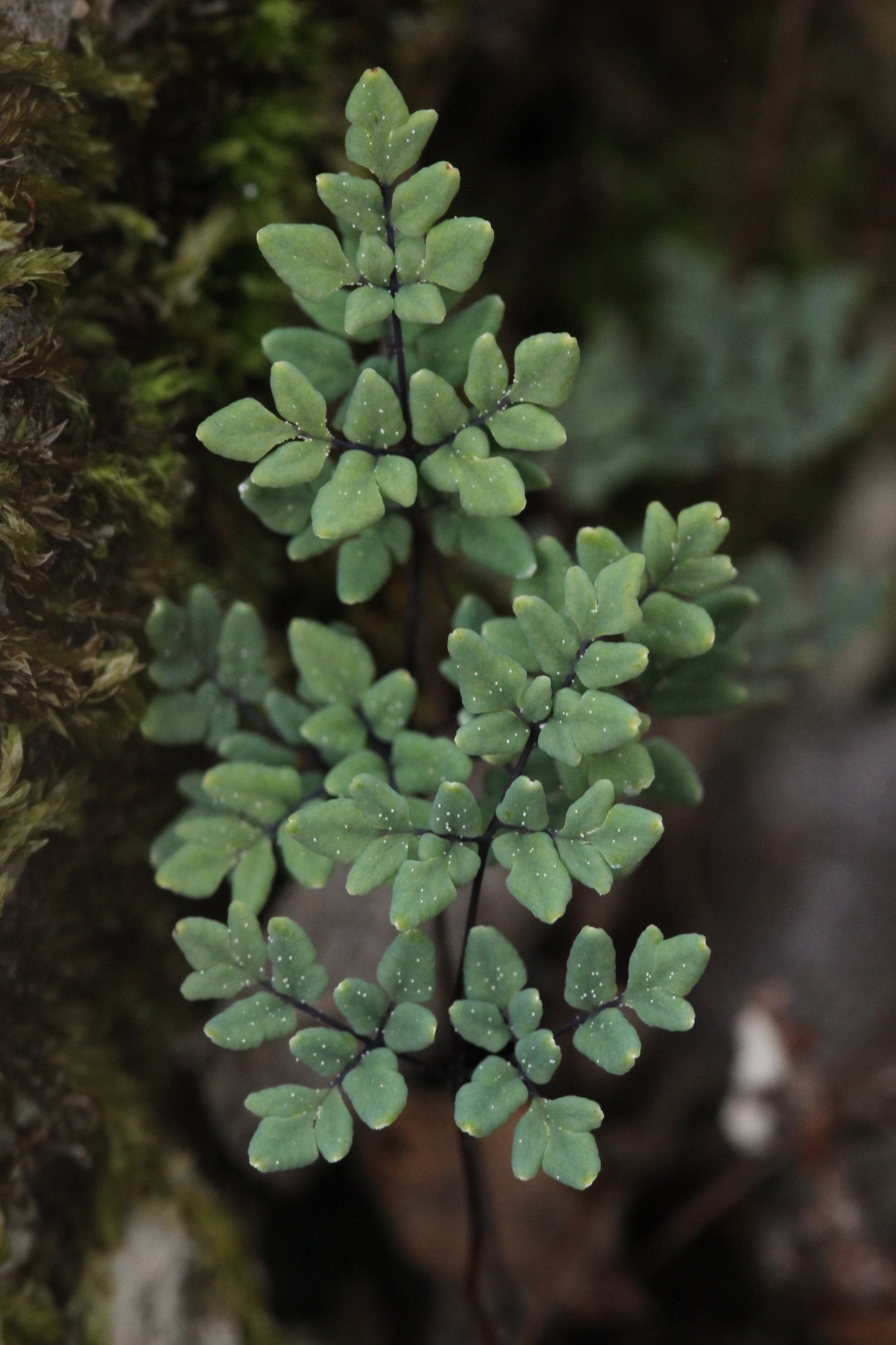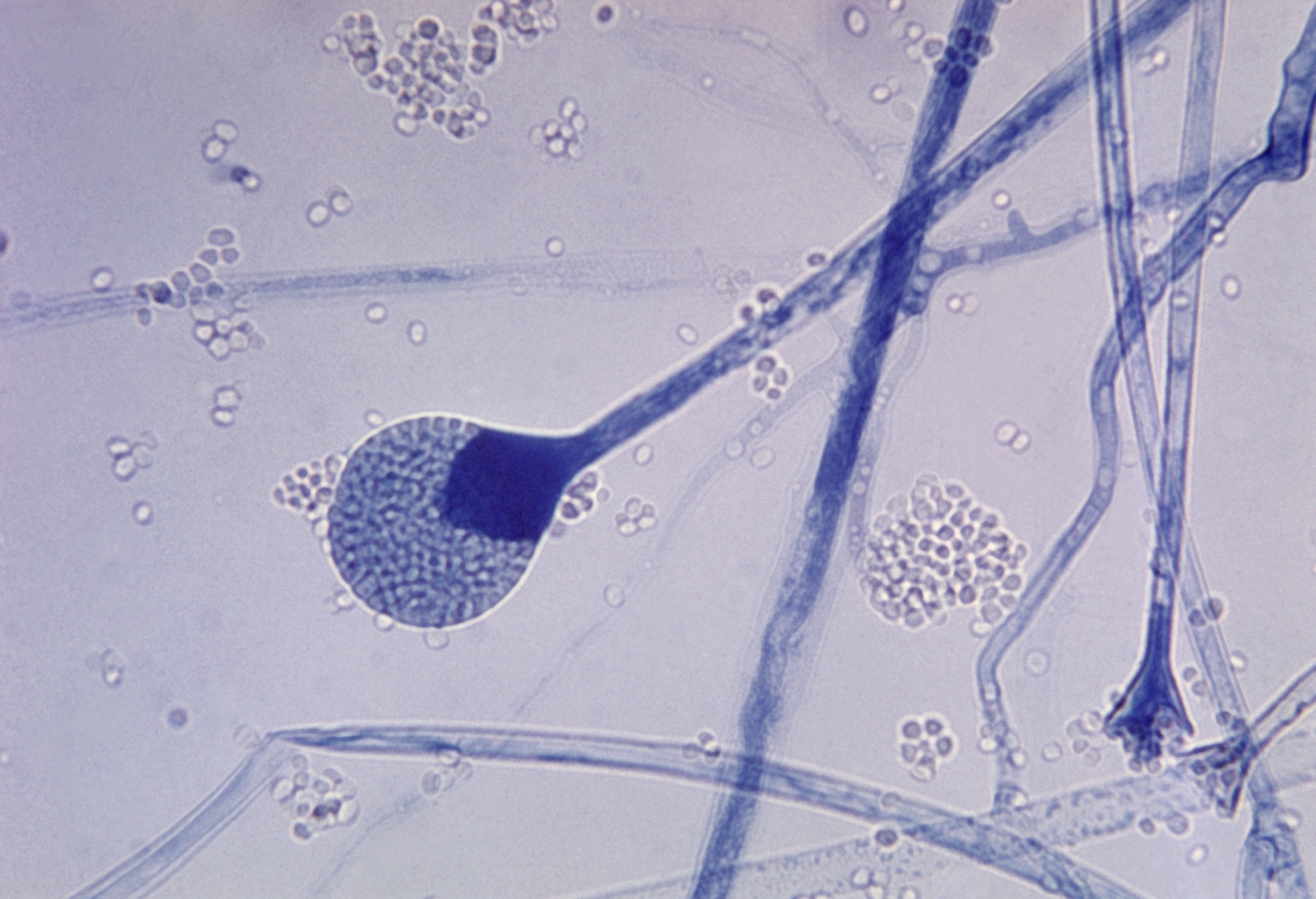|
Argyrochosma Dealbata
''Argyrochosma dealbata'', the powdery false cloak fern, is a small fern endemic to the central and southern United States. It grows on calcareous rocks, such as limestone. Its leaves are highly divided, with leaf segments joined by shiny, chestnut-brown axes, and their undersides are coated with white powder, giving the fern its name. First described as a species in 1814, it was transferred to the new genus ''Argyrochosma'' (the "false cloak ferns") in 1987, recognizing their distinctness from the "cloak ferns" (''Notholaena'' ''sensu stricto''). Description The rhizome is compact, more or less upright, and usually unbranching, and bears brown, pale brown or yellowish-brown scales that are uniform in color. These are about long, thin and delicate, narrowly lanceate or linear and entire (toothless) at the edges. The fronds of ''A. dealbata'' spring from the rhizome in clusters and are long. The stipe (the stalk of the leaf, below the blade) is a shiny pale to medium brow ... [...More Info...] [...Related Items...] OR: [Wikipedia] [Google] [Baidu] |
Frederick Traugott Pursh
Frederick Traugott Pursh (or Friedrich Traugott Pursch) (February 4, 1774 – July 11, 1820) was a German– American botanist. Born in Großenhain, Saxony, under the name Friedrich Traugott Pursh, he was educated at Dresden Botanical Gardens, and emigrated to the United States in 1799. From 1802 to 1805, he worked in Philadelphia as the botanical manager of the extensive gardens of William Hamilton, Esq., " The Woodlands." By 1805, he was working for Benjamin Smith Barton on a new flora of North America, under whom he studied the plants collected on the Lewis and Clark Expedition. His work with Barton allowed him to travel farther afield. In 1805, he traveled south from Maryland to the Carolinas and, in 1806, he traveled north from the mountains of Pennsylvania to New Hampshire. He made both trips principally on foot, with only his dog and a gun, covering over three thousand miles each season. Barton's proposed flora was never written, but Pursh, who then moved to London, ... [...More Info...] [...Related Items...] OR: [Wikipedia] [Google] [Baidu] |
Rachis
In biology, a rachis (from the grc, ῥάχις [], "backbone, spine") is a main axis or "shaft". In zoology and microbiology In vertebrates, ''rachis'' can refer to the series of articulated vertebrae, which encase the spinal cord. In this case the ''rachis'' usually forms the supporting axis of the body and is then called the spine or vertebral column. ''Rachis'' can also mean the central shaft of pennaceous feathers. In the gonad of the invertebrate nematode ''Caenorhabditis elegans'', a rachis is the central cell-free core or axis of the gonadal arm of both adult males and hermaphrodites where the germ cells have achieved pachytene and are attached to the walls of the gonadal tube. The rachis is filled with cytoplasm. In botany In plants, a rachis is the main axis of a compound structure. It can be the main stem of a compound leaf, such as in ''Acacia'' or ferns, or the main, flower-bearing portion of an inflorescence above a supporting peduncle. Where it subdivide ... [...More Info...] [...Related Items...] OR: [Wikipedia] [Google] [Baidu] |
Notholaena Nivea
''Argyrochosma nivea'' is an Andean fern species in the genus ''Argyrochosma''. Description Morphology The rhizome is short, thick, and more or less upright. It bears thin, delicate linear-subulate scales, long and of a uniform chestnut-brown color. The margins are entire (without teeth), or the walls of the marginal cells may project from the margin. The scales often become strongly crisped (wavy) when dried. The leaves are long and arise close together from the rhizome. The stipe (the stalk of the leaf, below the blade) is slender, rounded, dull (rather than shiny), lacks hairs and scales, and varies from a bright to a dark chestnut-brown. It is typically shorter than to about as long as the leaf blade. The leaf blades are lanceolate or deltate-lanceolate to ovate in shape, and tripinnate (cut into pinnae, pinnules, and pinnulets). The rachis (leaf axis) is similar in appearance to the stipe. It bears up to 12 pairs of pinnae, nearly opposite to one another, on stalks ... [...More Info...] [...Related Items...] OR: [Wikipedia] [Google] [Baidu] |
Missouri
Missouri is a U.S. state, state in the Midwestern United States, Midwestern region of the United States. Ranking List of U.S. states and territories by area, 21st in land area, it is bordered by eight states (tied for the most with Tennessee): Iowa to the north, Illinois, Kentucky and Tennessee to the east, Arkansas to the south and Oklahoma, Kansas and Nebraska to the west. In the south are the Ozarks, a forested highland, providing timber, minerals, and recreation. The Missouri River, after which the state is named, flows through the center into the Mississippi River, which makes up the eastern border. With more than six million residents, it is the List of U.S. states and territories by population, 19th-most populous state of the country. The largest urban areas are St. Louis, Kansas City, Missouri, Kansas City, Springfield, Missouri, Springfield and Columbia, Missouri, Columbia; the Capital city, capital is Jefferson City, Missouri, Jefferson City. Humans have inhabited w ... [...More Info...] [...Related Items...] OR: [Wikipedia] [Google] [Baidu] |
Berlin Botanical Garden
The Berlin Botanic Garden and Botanical Museum (german: link=no, Botanischer Garten und Botanisches Museum Berlin) is a botanical garden in the locality of the borough of , Berlin, Germany. Constructed between 1897 and 1910 under the guidance of architect Adolf Engler, it has an area of and around 22,000 different plant species. The garden is part of the Free University of Berlin. The most well-known part of the garden is the Great Pavilion (), and among its many tropical plants, it hosts giant bamboo. The garden complex consists of several buildings, including glass-houses with a total area of . These include the glass Cactus Pavilion and the glass Pavilion Victoria; the latter features a collection of orchids, carnivorous plants and the giant white water lily '' Victoria amazonica'' (). The open-air areas are sorted by geographical origin and encompass about . The arboretum is about . The Botanical Museum (), the (B) and a large scientific library are attached to the gar ... [...More Info...] [...Related Items...] OR: [Wikipedia] [Google] [Baidu] |
Species Description
A species description is a formal description of a newly discovered species, usually in the form of a scientific paper. Its purpose is to give a clear description of a new species of organism and explain how it differs from species that have been described previously or are related. In order for species to be validly described, they need to follow guidelines established over time. Zoological naming requires adherence to the ICZN code, plants, the ICN, viruses ICTV, and so on. The species description often contains photographs or other illustrations of type material along with a note on where they are deposited. The publication in which the species is described gives the new species a formal scientific name. Some 1.9 million species have been identified and described, out of some 8.7 million that may actually exist. Millions more have become extinct throughout the existence of life on Earth. Naming process A name of a new species becomes valid (available in zo ... [...More Info...] [...Related Items...] OR: [Wikipedia] [Google] [Baidu] |
Cheilanthoid
Cheilanthoideae is one of the five subfamilies of the fern family Pteridaceae. The subfamily is thought to be monophyletic, but some of the genera into which it has been divided are not, and the taxonomic status of many of its genera and species remains uncertain, with radically different approaches in use . Phylogenic relationships The following phylogram shows a likely relationship between Cheilanthoideae and the other Pteridaceae subfamilies. Although subfamily Cheilanthoideae itself is thought to be monophyletic, many of the genera into which it has been divided (including ''Cheilanthes'', ''Doryopteris'', ''Notholaena'', and ''Pellaea'') have been shown to be polyphyletic. Genera The division of the subfamily Cheilanthoideae into genera and species remains uncertain . Christenhusz et al. (2011), the Pteridophyte Phylogeny Group classification of 2016 (PPG I), and the November 2019 version of the ''Checklist of Ferns and Lycophytes of the World'' (''World Ferns'' 8.1 ... [...More Info...] [...Related Items...] OR: [Wikipedia] [Google] [Baidu] |
Argyrochosma Dealbata Frond Abaxial
''Argyrochosma'' is a genus of ferns known commonly as false cloak ferns. The genus is included in the Cheilanthoideae subfamily of the Pteridaceae. Species now in this genus were previously treated as members of related genera '' Notholaena'' or ''Pellaea'' but were segregated into their own genus in 1987. These ferns, of which there are about 20 species, are mostly native to the Americas, from North to South and including the Caribbean, while one species, ''A. connectens'', is known from Sichuan, China. They are commonly found growing in cracks between rocks. Their leaves are generally shorter than 40 centimeters and have rounded bluish or grayish green segments. Often the lower surface of the segments is coated in a white dust, and the sporangia contain brown spores. Species , the ''Checklist of Ferns and Lycophytes of the World'' recognized the following species: *''Argyrochosma chilensis'' (Fée ex J.Rémy) Windham *'' Argyrochosma connectens'' (C.Chr.) G.M.Zhang *' ... [...More Info...] [...Related Items...] OR: [Wikipedia] [Google] [Baidu] |
Sporangium
A sporangium (; from Late Latin, ) is an enclosure in which spores are formed. It can be composed of a single cell or can be multicellular. Virtually all plants, fungi, and many other lineages form sporangia at some point in their life cycle. Sporangia can produce spores by mitosis, but in nearly all land plants and many fungi, sporangia are the site of meiosis and produce genetically distinct haploid spores. Fungi In some phyla of fungi, the sporangium plays a role in asexual reproduction, and may play an indirect role in sexual reproduction. The sporangium forms on the sporangiophore and contains haploid nuclei and cytoplasm. Spores are formed in the sporangiophore by encasing each haploid nucleus and cytoplasm in a tough outer membrane. During asexual reproduction, these spores are dispersed via wind and germinate into haploid hyphae. Although sexual reproduction in fungi varies between phyla, for some fungi the sporangium plays an indirect role in sexual re ... [...More Info...] [...Related Items...] OR: [Wikipedia] [Google] [Baidu] |
Sorus
A sorus (pl. sori) is a cluster of sporangia (structures producing and containing spores) in ferns and fungi. A coenosorus (plural coenosori) is a compound sorus composed of multiple, fused sori. Etymology This New Latin word is from Ancient Greek σωρός (''sōrós'' 'stack, pile, heap'). Structure In lichens and other fungi, the sorus is surrounded by an external layer. In some red algae, it may take the form of depression into the thallus. In ferns, the sori form a yellowish or brownish mass on the edge or underside of a fertile frond. In some species, they are protected during development by a scale or film of tissue called the indusium, which forms an umbrella-like cover. Lifecycle significance Sori occur on the sporophyte generation, the sporangia within producing haploid meiospores. As the sporangia mature, the indusium shrivels so that spore release is unimpeded. The sporangia then burst and release the spores. As an aid to identification The shape, arrangem ... [...More Info...] [...Related Items...] OR: [Wikipedia] [Google] [Baidu] |





